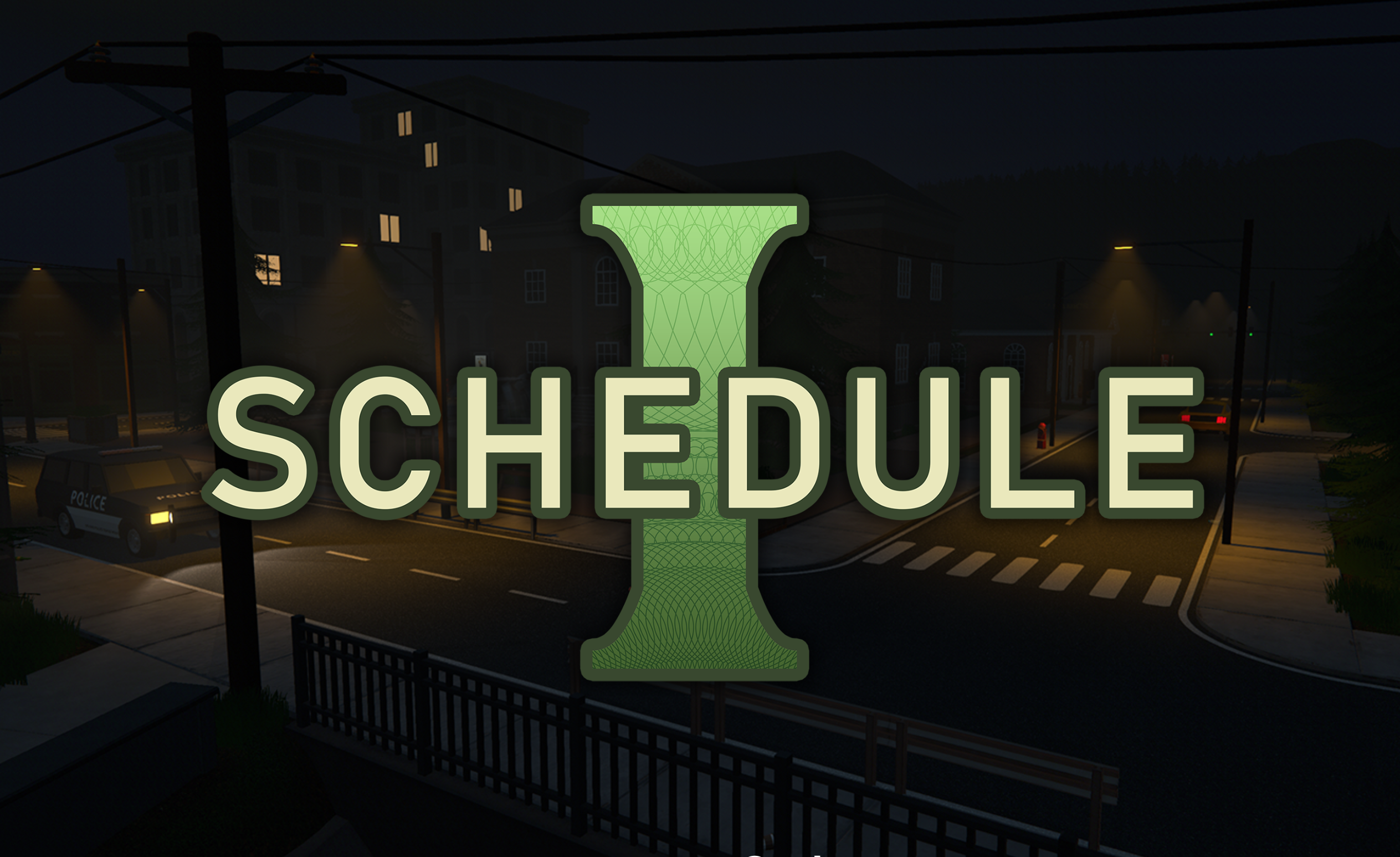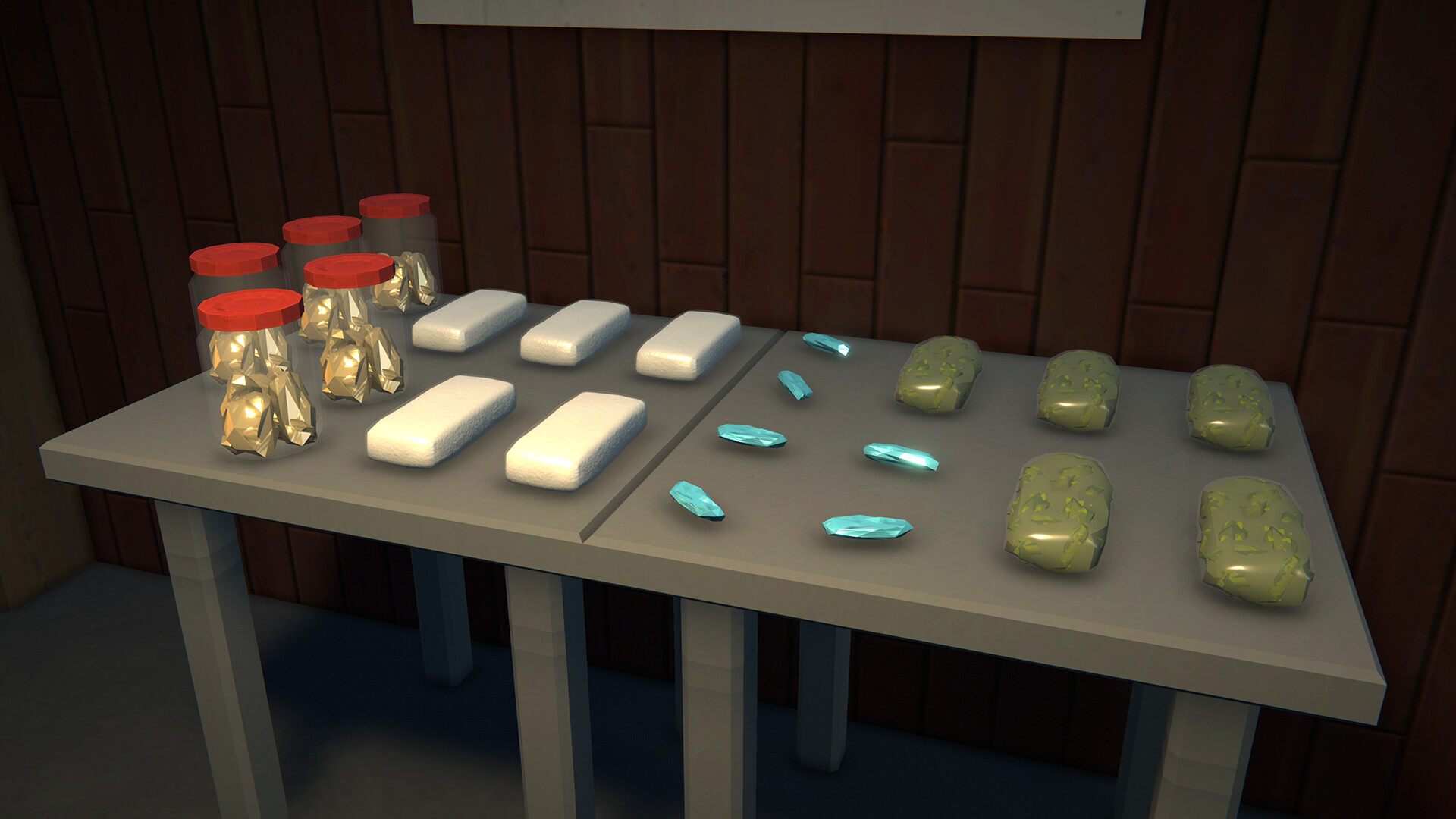Ever wondered what it takes to build a drug empire from the ground up? Schedule 1 throws you into the gritty world of illicit manufacturing and distribution. Forget shiny skyscrapers and corporate boardrooms; this is about back alleys, makeshift labs, and the constant threat of rivals and the law.
Part 1: Getting Your Hands Dirty: A Crash Course in the Basics
When I first booted up Schedule 1, I felt like I was thrown in the deep end. But trust me, once you grasp the fundamentals, the game becomes incredibly addictive. The core gameplay loop revolves around a few key actions:
- Manufacturing: This is where your empire begins. You start with basic recipes, combining ingredients to create your product. The quality and potency directly impact your prof its, so experiment!
- Distribution: You're not just cooking; you're also delivering. Initially, this means hitting the streets yourself, managing your inventory, and dodging unwanted attention.
- Expansion: As you earn cash, you'll reinvest it into your operation. This might mean buying new properties for larger labs, hiring employees to automate tasks, or upgrading equipment.
- Defense: You're not the only player in this game. Rival cartels will try to muscle in on your turf, and law enforcement is always lurking. You'll need to defend your product, your people, and your territory.
Think of it like a high-stakes version of The Sims, but instead of building a perfect house, you're building a criminal enterprise. What's your starting strategy? Will you focus on high-quality product or aggressive expansion?
Part 2: Taking Control: Understanding the Game Mechanics
The game mechanics in Schedule 1 are deceptively simple, but mastering them is crucial for success. Based on the Fandom page and other info, here's a breakdown:
- Character Stats: Your character has stats like Strength, Stealth, and Charisma. These influence your ability to fight, evade detection, and negotiate deals. Upgrade them strategically to suit your playstyle.
- Inventory Management: Space is limited. You'll need to carefully manage your inventory when manufacturing and distributing. Learn to prioritize and upgrade your carrying capacity.
- Reputation System: Your reputation affects your interactions with other characters and factions. A good reputation can open doors, while a bad one can lead to trouble.
- Crafting System: Experiment with different recipes and ingredients to create new and more profitable products. Discovering secret recipes is a major key to success.
- Combat System: Whether it's fists, melee weapons, or firearms, you'll need to learn how to defend yourself. Understand the strengths and weaknesses of different weapons.
The more you understand the game's inner workings, the better equipped you'll be to adapt to challenges. What stat are you investing into first to get your empire going?
Part 3: Strategy is Key: Playing the Long Game
Schedule 1 isn't just about clicking buttons. It's about strategy, planning, and making tough decisions. Here are some tips to get you started:
- Specialize: Focus on manufacturing a few high-demand products rather than spreading yourself too thin.
- Automate: As soon as possible, hire employees to automate tasks like manufacturing and distribution. This frees you up to focus on bigger picture strategy.
- Scout: Keep an eye on your rivals. Learn their weaknesses and exploit them.
- Adapt: The market is dynamic. Be prepared to change your strategy based on supply, demand, and competition.
I remember one time, I got so focused on expanding my operation that I completely ignored my security. Let's just say it didn't end well. What's your biggest fear when it comes to your drug empire?
Part 4: Mastering the Controls: Getting Comfortable
The controls in Schedule 1 are pretty straightforward, but it's worth spending some time getting comfortable with them. This is based on information available on the game's Steam page:
- Movement: Typically WASD keys for movement.
- Interaction: A dedicated key (usually E or F) for interacting with objects and characters.
- Inventory: A key (usually Tab or I) to open your inventory.
- Combat: Mouse clicks for attacking and aiming.
The Fandom page doesn't give specifics on key binding, as that might change through development. Take some time to customize the controls to your liking. A comfortable setup will make all the difference when you're under pressure.
Part 5: Is This the Life for You?:
I've spent countless hours building my criminal empire in Schedule 1, and it’s been a wild ride of ups and downs. The key to the game is to focus on a product, and use the profits you make to pay for other elements.
So, are you ready to dive into the world of Schedule 1? What strategies will you employ to rise to the top? How will you handle the dangers and challenges that await? It's time to find out.
Share your favorite Schedule 1 strategies, tips, and stories in the comments below! What's the biggest lesson you've learned while building your empire? Let's build a community of savvy players and help each other succeed!

